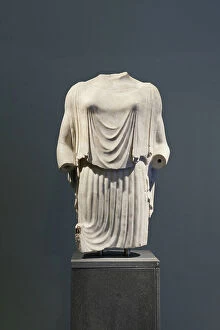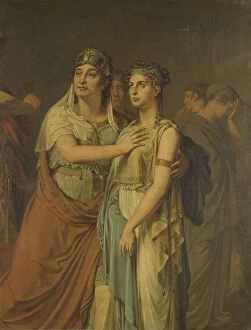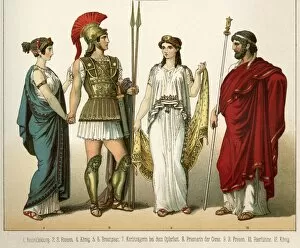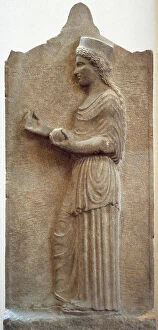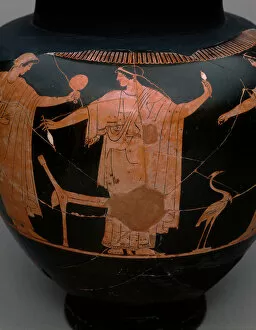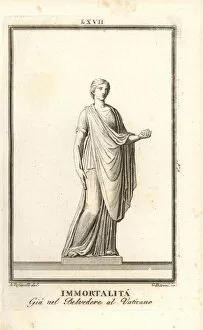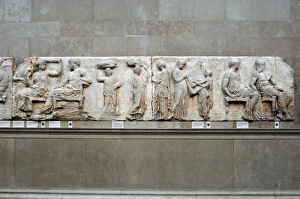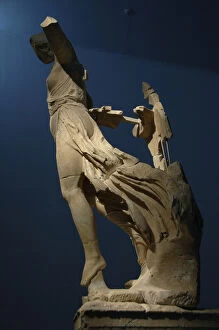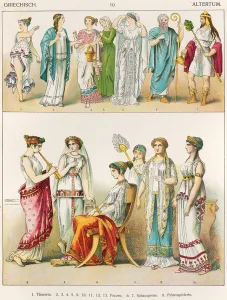Peplos Collection
The peplos, an iconic Ancient Greek costume originating in the 5th century BC, holds a significant place in history and art
All Professionally Made to Order for Quick Shipping
The peplos, an iconic Ancient Greek costume originating in the 5th century BC, holds a significant place in history and art. One remarkable depiction can be found on the east frieze of the Parthenon, showcasing Roman Emperor Nero playing a harp alongside a woman adorned in this traditional garment. Another stunning representation is seen in the statue of a woman wearing a peplos made from marble. This timeless attire was not limited to statues alone; it also graced various vessels like the Boetian limestone stamnos created by Syriskos around 480-470 BCE. Additionally, Kore no. 679, carved from marble between c. 550-c. 480 BC, showcases another example of this ancient dress. The influence of the peplos extended beyond Greece's borders as well. The Pallas de Velletri statue depicts Athena wearing her helmeted form—a Roman copy attributed to its Greek original—donning this distinctive garment. During grand events such as the Great Panathenaic procession, organisers and ergastines proudly carried and displayed these elegant garments for all to see. Not only did women wear peploses; even Amazon female warriors were depicted clad in them by renowned sculptor Phidias. This portrayal exemplifies both strength and beauty combined within one ensemble. Furthermore, immortality itself finds representation through statues like that found in Belvedere Courtyard—an embodiment of everlasting life draped gracefully with a flowing peplos. Even centuries later, artists continued to find inspiration from this classical costume: Ebe stands tall since its creation out of marble in 1816.



